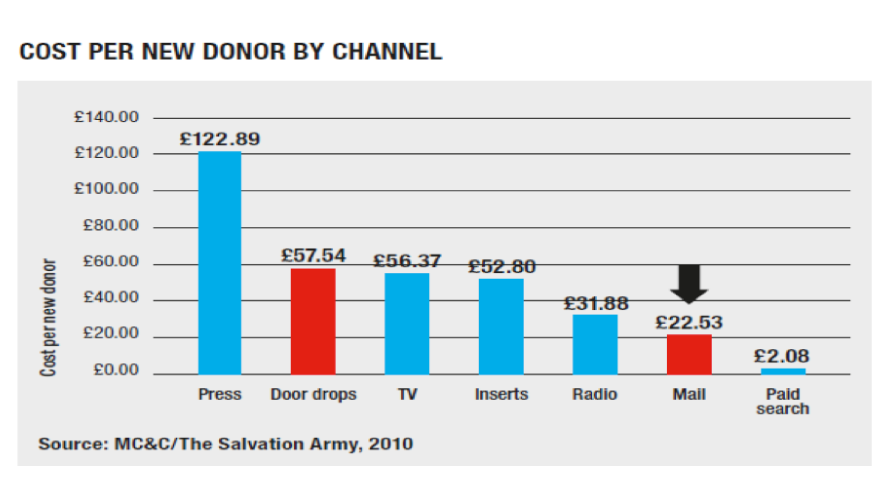The Private Life of Mail: Measuring advertising mail
06 Aug 2015

The third blog in our series, looks at measuring the effectiveness of campaigns and why this is an essential part of the marketing process.
Measuring the effectiveness of campaigns is an essential part of the marketing process. For mail we need to rethink some of the current assumptions about measurement.
So far we have looked at planning campaigns [LINK] and choosing media channels [LINK], all based on the new information we glean from the Royal Mail's Private Life of Mail (PLOM) research.
When measuring campaigns, the research poses three challenges for us as media planners, to measure and assess outputs, outcomes, and impact.
Output: what we have bought
We have traditionally measured the output (i.e. the volume of mail we have planned and bought) as merely volume or circulation of mail hitting the doormat.
IPA's Touchpoints and the ethnographic research in PLOM point to the fact that this measure is inadequate. We should instead be thinking about some additional measurement of reading and dwell time with mail.
Outcomes – the short term value created
The only change to traditional short term linear measurement in the past couple of decades has been the addition of online response to mail.
We now match back mail, phone and online response to the dataset mailed. PLOM provides evidence that adding mail to other media channels (the priming effect that the neuroscience research helped identify) improves that short term ROI created.

Looking beyond ROI
Whilst mail can and does hold its own in any short term ROI comparison with other channels, there is a unique contribution it can often make to a client’s results. PLOM reminds us that mail has a unique role in consumers homes and minds, and also reminds us that the audience we target with mail can also be unique.
For example, in a customer acquisition campaign our broadcast media investments will be seen by both prospective customers and current customers. Mail by contrast can be sent only to prospective customers.
That targeting advantage can lead to an outcome advantage, as with the example from The Salvation Army below. Here mail produced the lowest cost per new donor of all channels bar search.

Impact, Using Non Linear Measurement to understand long term value
Using the Salvation Army case study, PLOM highlighted the role econometric modelling can play in creating a case for investment in mail.
Econometrics is now a standard tool in the evaluation armoury of large advertisers, but rarely used to evaluate mail. The DMA’s advice is to include mail in any econometric model, but we also recognise the very real barriers that exist.
To help practitioners overcome these we list a number of the most common barriers below, together with suggested solutions:
Dearth of data: The data available to capture mail is limited - you will have mailing volumes for a specific period but ideally you want actual impressions from when the consumer is viewing.
Solution – impression curve: Create an impression curve that calculates how impressions fall post mailing , for example 50% the first day after drop, 30% the second day after drop, 10% the third day after drop and so on, and model this as mailing variable
Inconsistent responses: Some people will respond straight away others will keep a mailing for weeks/months
Solution – adstock: You need to adstock the mailing impressions input to take account of this
Mail clutter: Some companies mail all the time, such as utilities. This means that it’s hard for an econometrician to understand the incremental impact of a mailing.
Solution – segmentation - Splitting out the mailing types from acquisition/retention / proposition / comms positioning etc.
SUMMARY
We can and should measure the effectiveness of advertising mail at three distinct levels:
- To understand the interaction that our audience have with the mail we have sent them. How long have they spent with it, and with whom have they shared it?
- To understand the short term value that mail creates. What immediate response or sales are created across all channels from the consumers who receive mail?
- To understand the long term value that mail creates. How much more valuable are customers touched by mail than others?
I’ll be sharing a summary of tops tips with you via a short video in the final part of our series on media planning advice.
Read part 1 of this series, The Private Life of Mail: Media Planning advice
Read part 2 of this series, The Private Life of Mail: Choosing your media channels
Watch part 4 of this series, The Private Life of Mail: Top tips for media planners
Please login to comment.
Comments